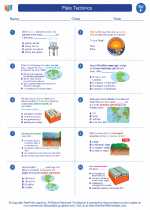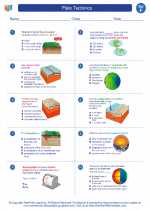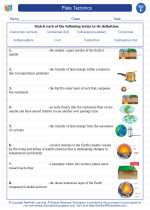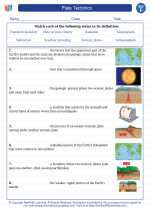Molecules
A molecule is a group of two or more atoms that are chemically bonded together. These atoms can be of the same element, such as in the case of oxygen gas (O2), where two oxygen atoms are bonded together. They can also be of different elements, such as in the case of water (H2O), which consists of two hydrogen atoms bonded to one oxygen atom.
Structure of Molecules
The structure of a molecule is determined by the arrangement of its atoms and the types of chemical bonds that hold them together. Molecules can have different shapes and sizes, which in turn affect their properties and behavior.
Types of Molecules
There are two main types of molecules: simple molecules and macromolecules.
Simple molecules are made up of a small number of atoms and are typically held together by covalent bonds. Examples of simple molecules include O2, N2, CO2, and H2O.
Macromolecules are large, complex molecules made up of repeating units called monomers. They are often formed through polymerization and can include proteins, nucleic acids, carbohydrates, and lipids.
Molecular Interactions
Molecules can interact with each other through various types of forces, such as hydrogen bonding, van der Waals forces, and ionic interactions. These interactions play a crucial role in determining the physical and chemical properties of substances.
Importance of Molecules
Understanding molecules is essential in fields such as chemistry, biochemistry, and molecular biology. It allows scientists to comprehend the behavior of substances, the mechanisms of chemical reactions, and the structure and function of biological macromolecules.
Study Guide
- Define a molecule and explain its basic structure.
- Differentiate between simple molecules and macromolecules, providing examples of each.
- Describe the types of forces involved in molecular interactions.
- Discuss the importance of understanding molecules in various scientific disciplines.
By studying molecules, you'll gain a deeper insight into the building blocks of matter and the diverse array of substances that make up the world around us.
.◂Science Worksheets and Study Guides Sixth Grade. Plate Tectonics

 Worksheet/Answer key
Worksheet/Answer key
 Worksheet/Answer key
Worksheet/Answer key
 Vocabulary/Answer key
Vocabulary/Answer key
 Vocabulary/Answer key
Vocabulary/Answer key
 Vocabulary/Answer key
Vocabulary/Answer key
 Vocabulary/Answer key
Vocabulary/Answer key
